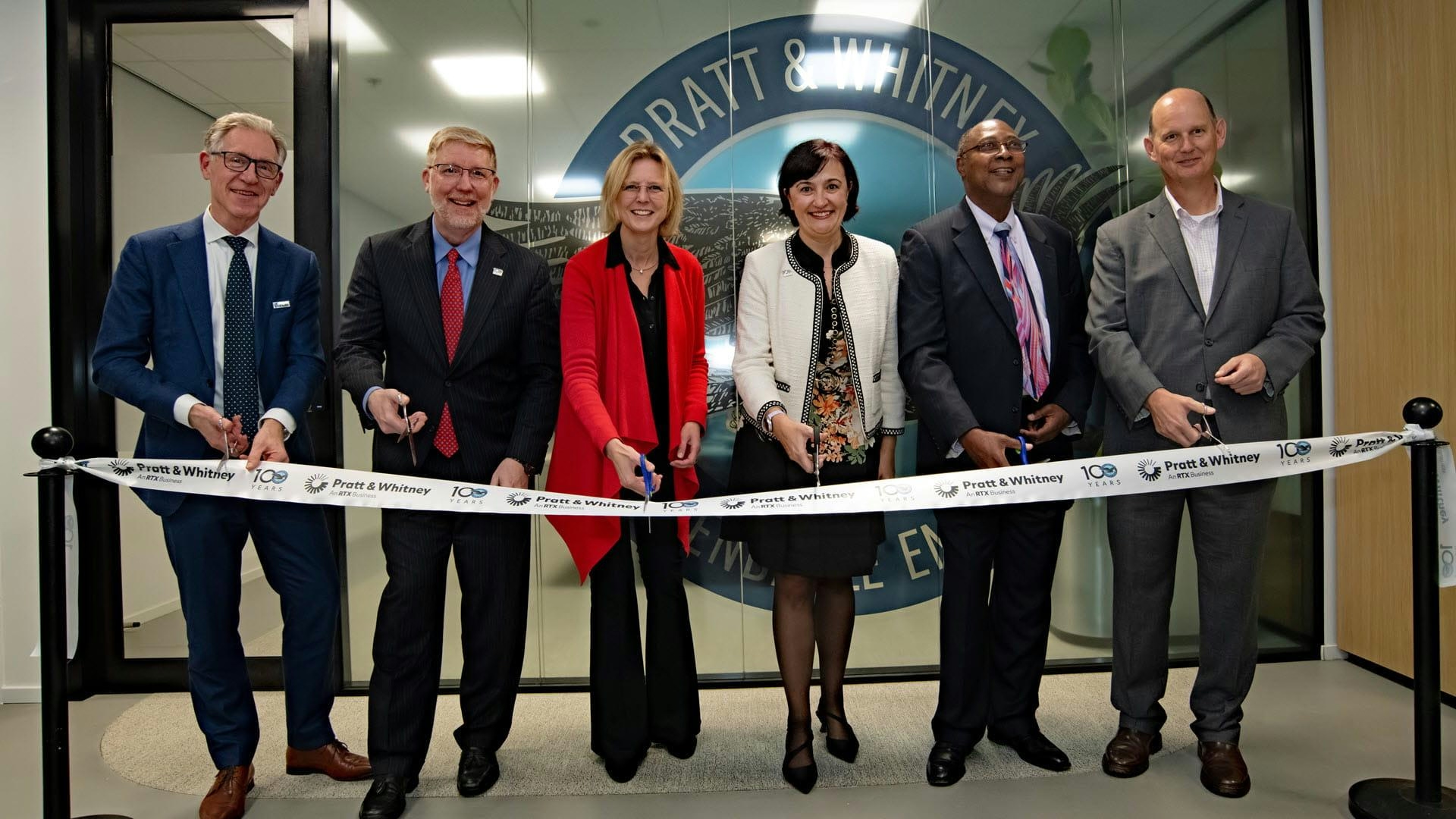
AeroGenie - مساعد الطيار الذكي الخاص بك.
الرائج الآن
Categories
GA-ATS Enhances Do228 NXT Production with New Surface Treatment
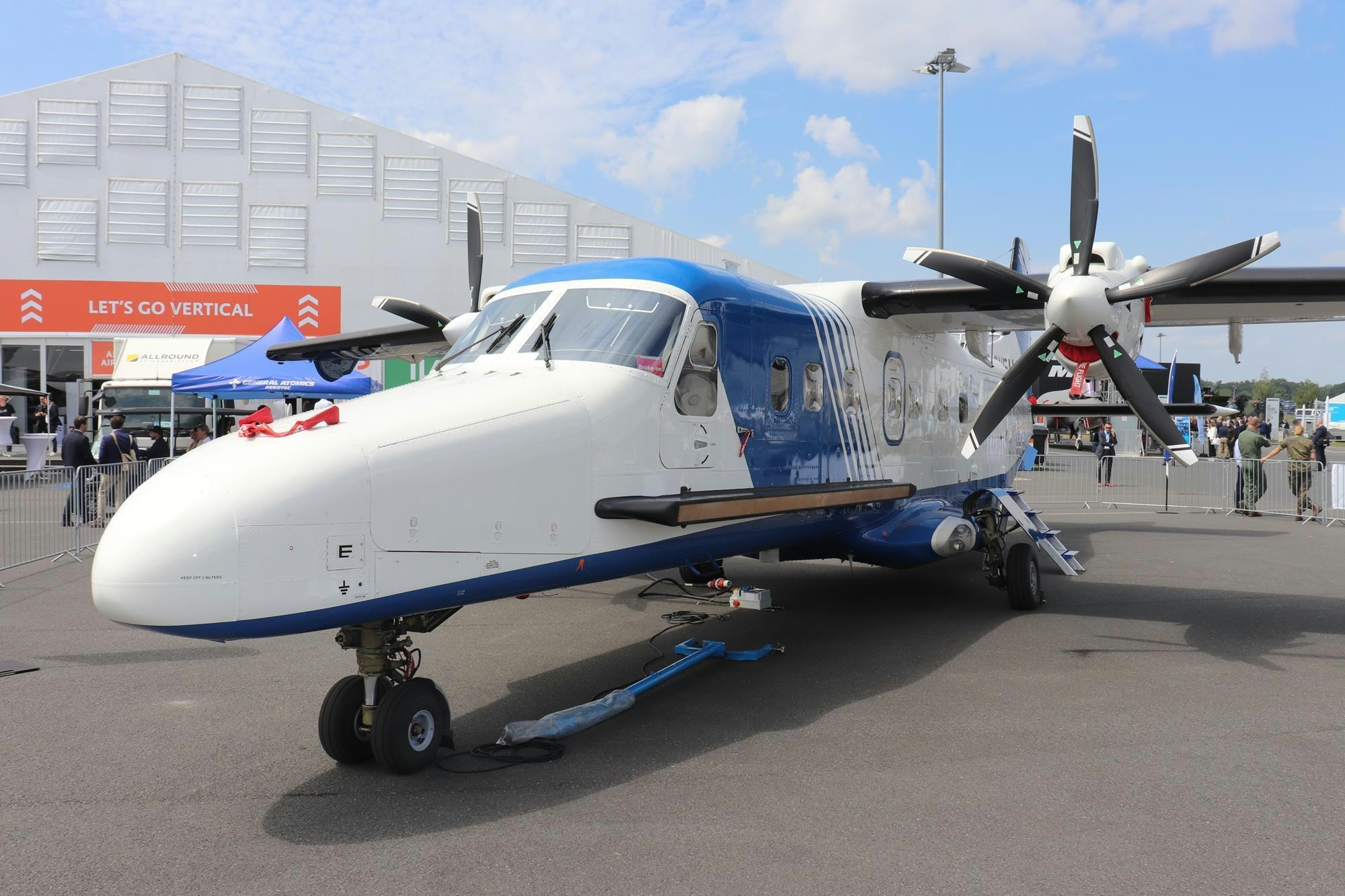
GA-ATS Enhances Do228 NXT Production with Eco-Friendly Surface Treatment
General Atomics AeroTec Systems (GA-ATS) is advancing the production of its Do228 NXT special mission aircraft in Germany by bringing key components, including the wings, in-house and modernizing its manufacturing processes. A central element of this upgrade is the adoption of tartaric sulfuric acid anodizing (TSAA), a new surface treatment designed to improve corrosion protection for critical aircraft parts.
Advancing Corrosion Protection and Sustainability
Corrosion resistance is a fundamental concern in aviation, where aircraft are regularly exposed to harsh environmental conditions that can undermine structural integrity. Anodizing coatings such as TSAA play a crucial role in extending the service life of metal components, reducing maintenance requirements, and maintaining rigorous safety standards. The Do228 NXT’s predecessor, the Do228 NG, utilized chromic acid anodizing for wing protection. By transitioning to TSAA, GA-ATS not only aligns with the latest manufacturing standards but also ensures compliance with the European Union’s REACH chemical regulations.
TSAA offers significant advantages over previous anodizing methods. It provides robust corrosion resistance and superior adhesion by forming a thicker, more durable oxide layer that withstands wear. Equally important, TSAA is more environmentally friendly, supporting GA-ATS’s broader sustainability objectives and reflecting a growing industry emphasis on eco-conscious manufacturing.
Modernization and Industry Implications
The integration of TSAA into the Do228 NXT’s production process follows successful test runs conducted earlier this year. This development is part of a comprehensive modernization effort that includes updating aircraft components and refining production workflows. However, the implementation of this new surface treatment technology presents challenges. GA-ATS must balance maintaining production efficiency with meeting stringent aviation standards, all while managing the costs associated with adopting new processes. These considerations are critical as the company seeks to harmonize innovation with operational effectiveness.
Market reception of the Do228 NXT’s enhanced surface treatment will likely hinge on the perceived improvements in performance and durability. As GA-ATS establishes a new benchmark for corrosion protection and environmentally responsible manufacturing, competitors may be prompted to adopt similar technologies or upgrade their own production methods to remain competitive.
By incorporating TSAA into series production, GA-ATS reinforces the Do228 NXT’s durability and underscores its commitment to quality, safety, and environmental responsibility. This strategic approach highlights the company’s focus on integrating advanced technology with sustainable practices, positioning the Do228 NXT as a forward-looking solution in the special mission aircraft market.
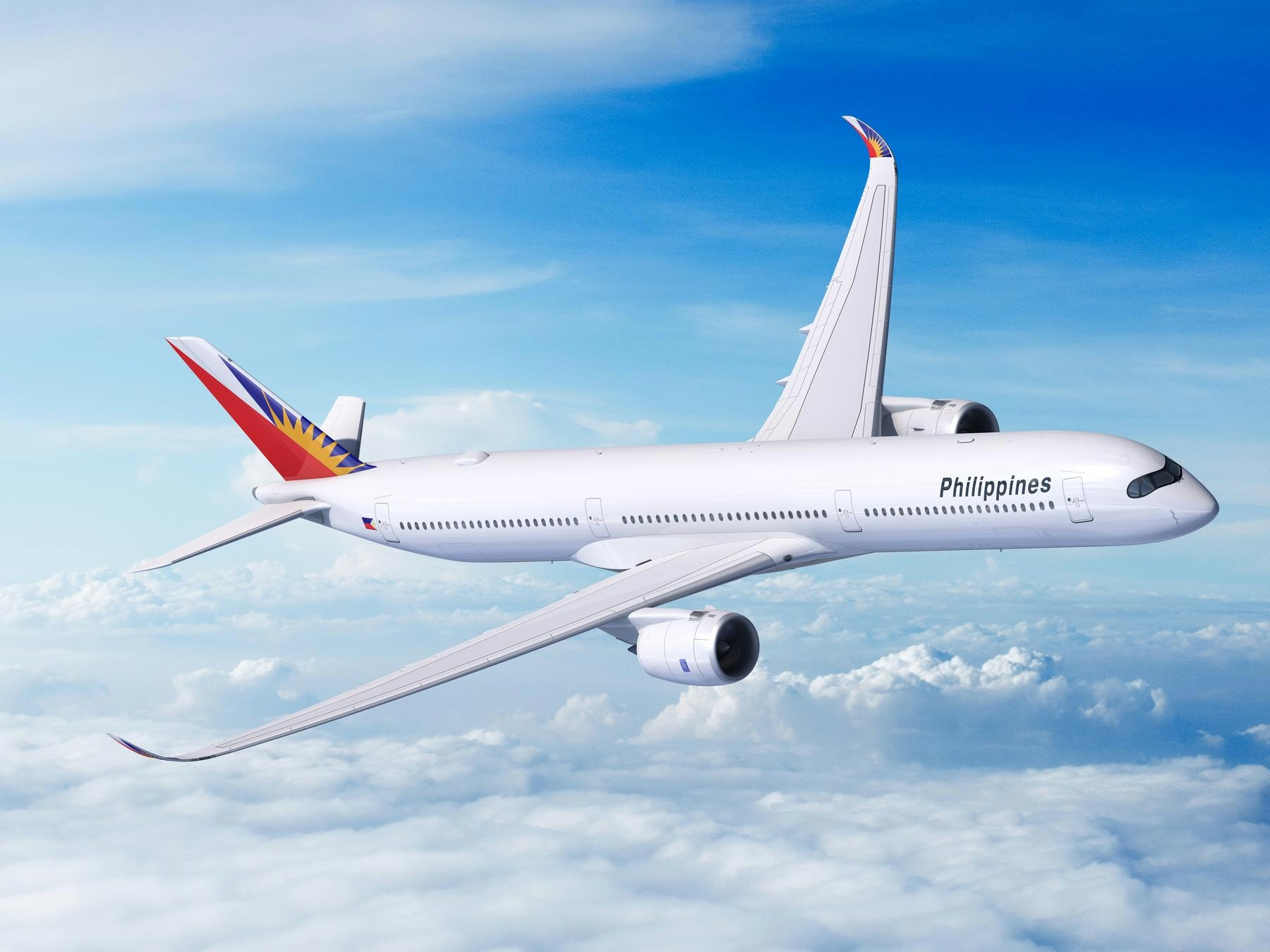
BOC Aviation to Lease Two Airbus A350-1000s to Philippine Airlines

How Many Boeing 777X Prototypes Were Built?
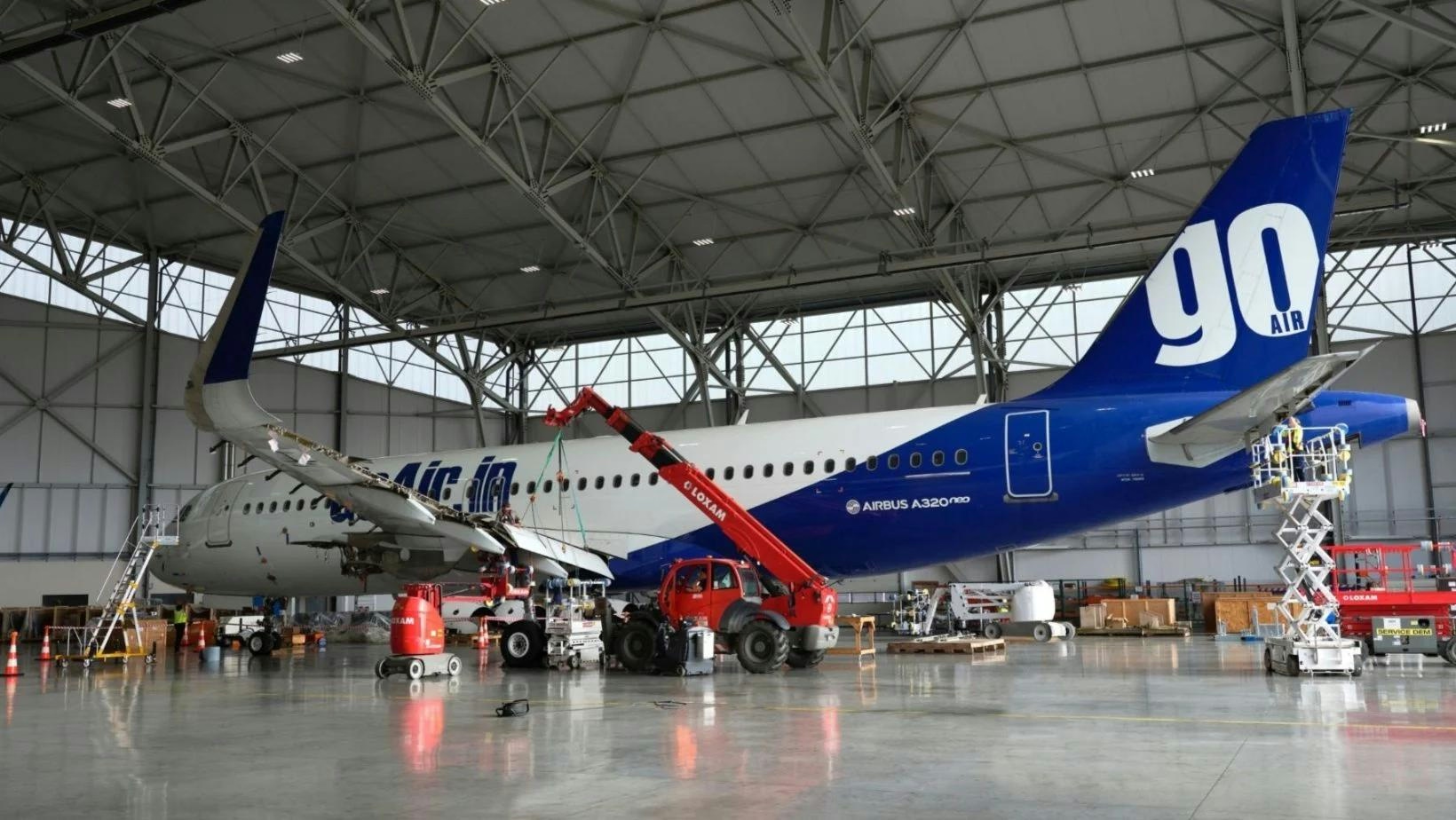
AerFin Announces Availability of A320neo Inventory
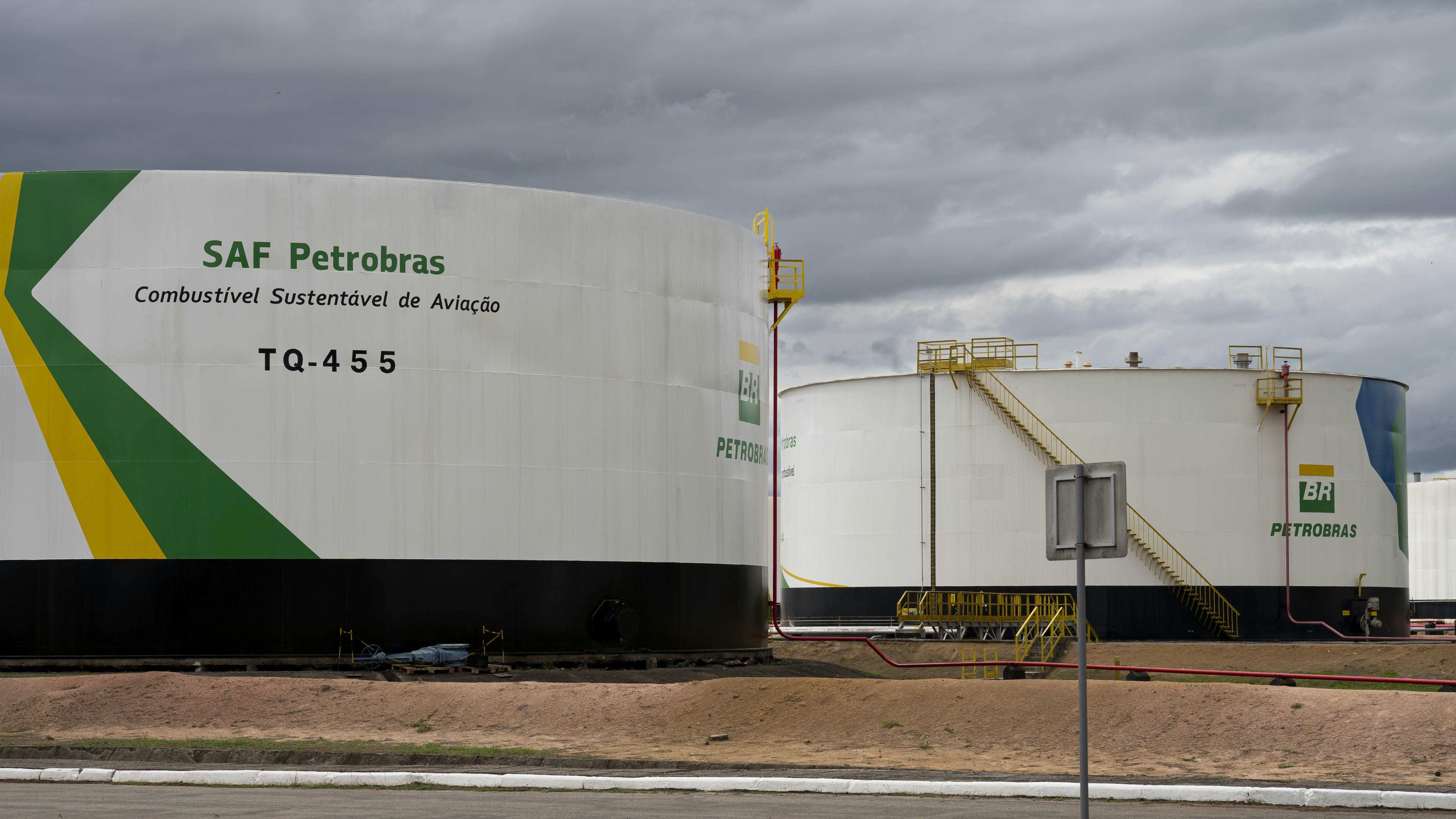
Petrobras Delivers First Sustainable Aviation Fuel Produced in Brazil
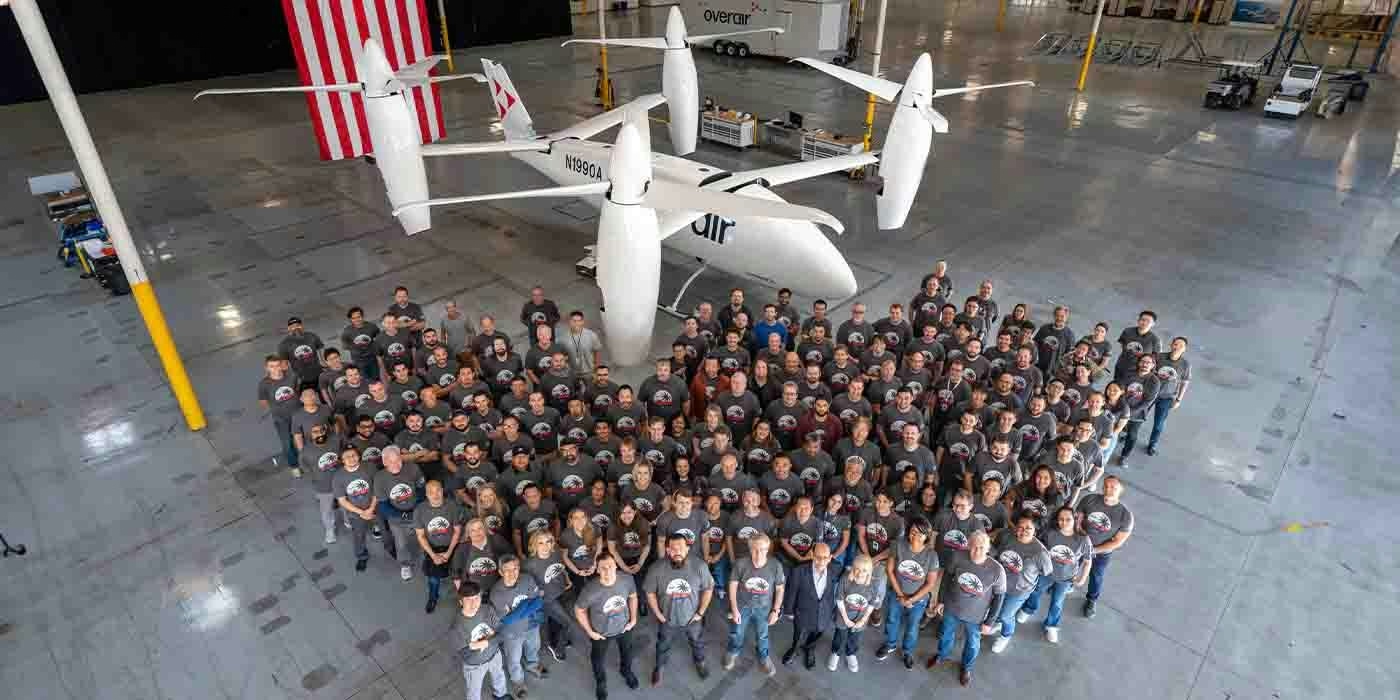
Unique mixed-propulsion eVTOL completes transition flight testing
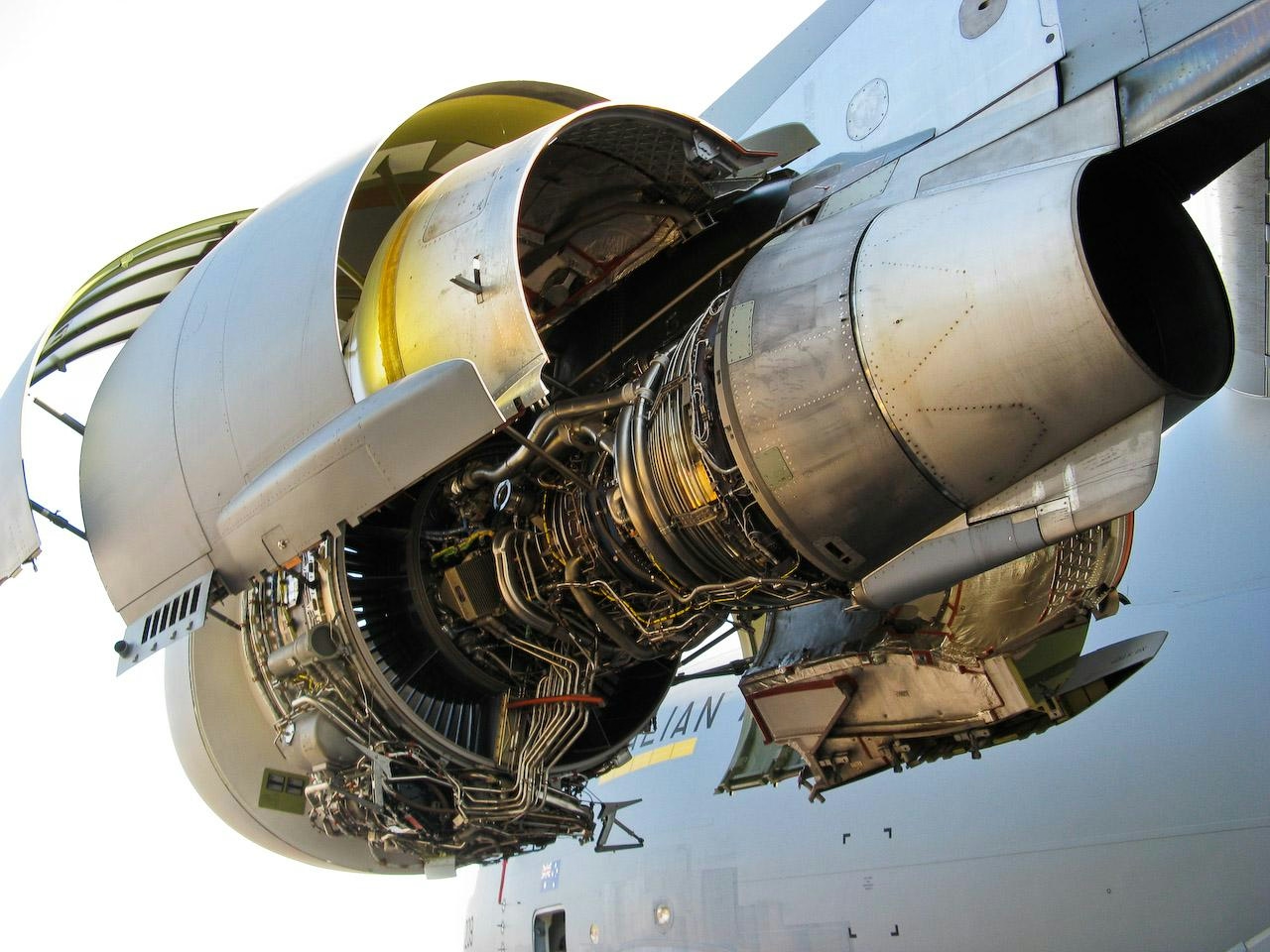
Are C-17 Globemaster Engines Derived from Boeing 757?
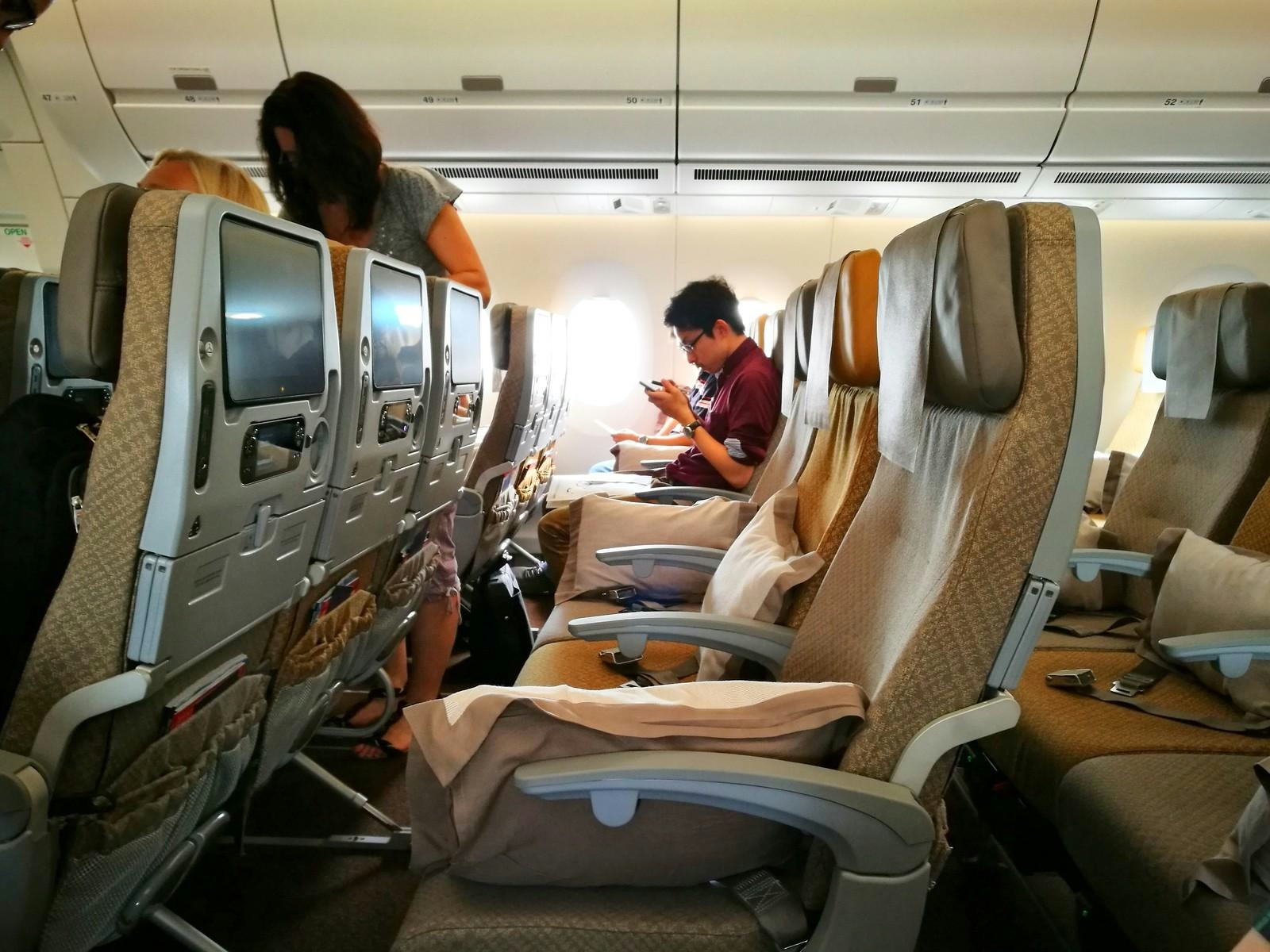
Why the Airbus A350’s Cabin Is Quieter Than Other Aircraft
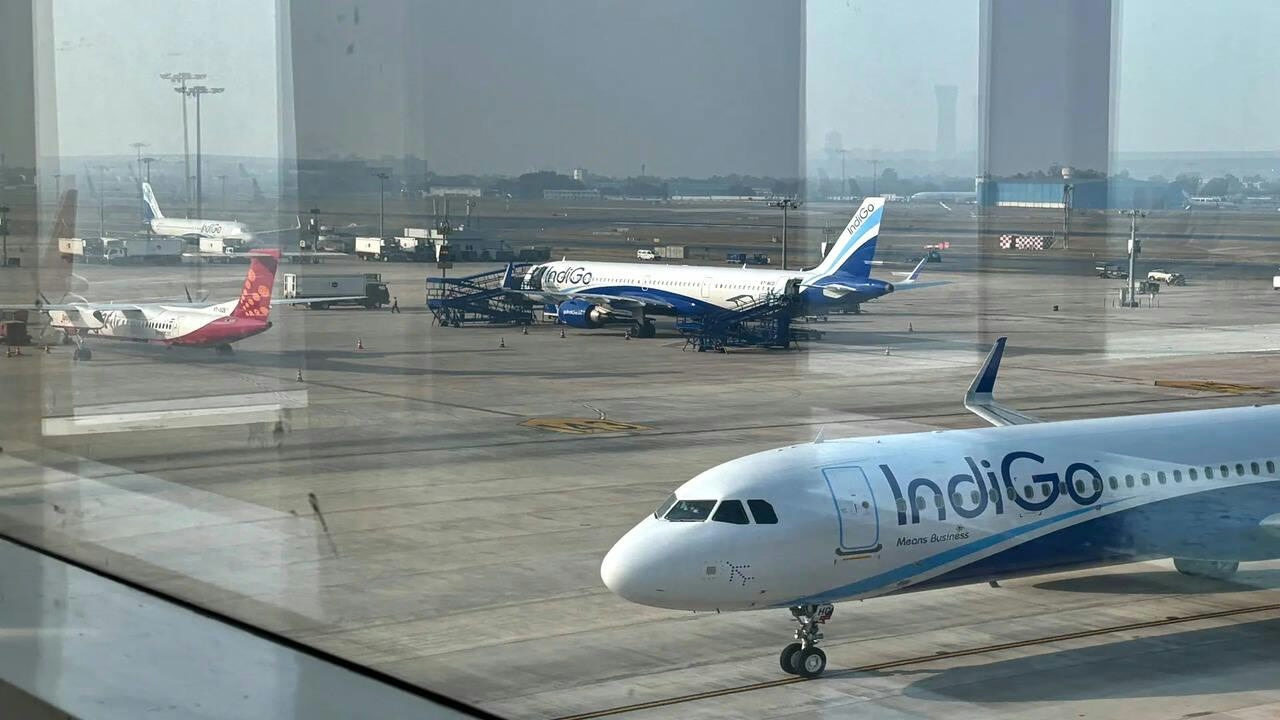
AI and AI Express Plan to Increase Capacity Amid IndiGo Flight Disruptions
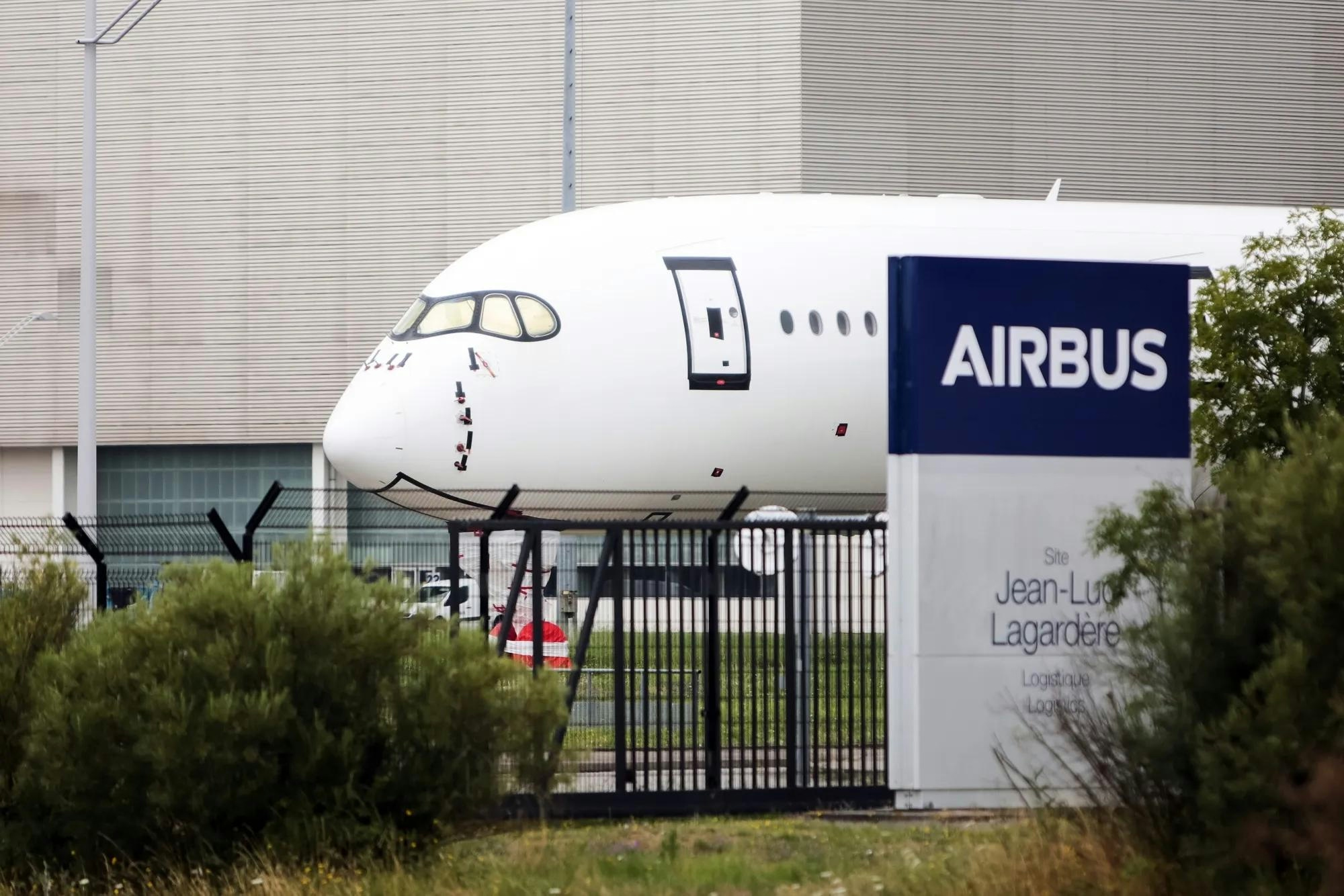
Kazakhstan and France Agree on Airbus Aircraft Deliveries
